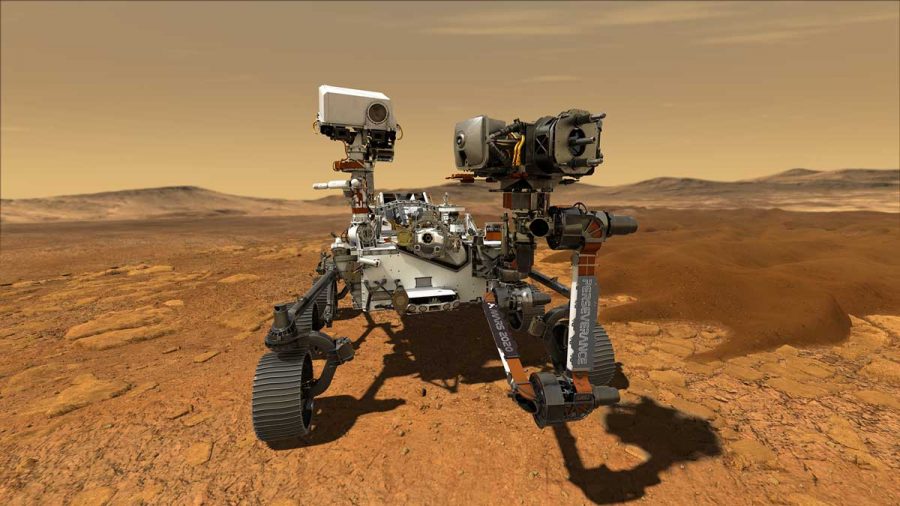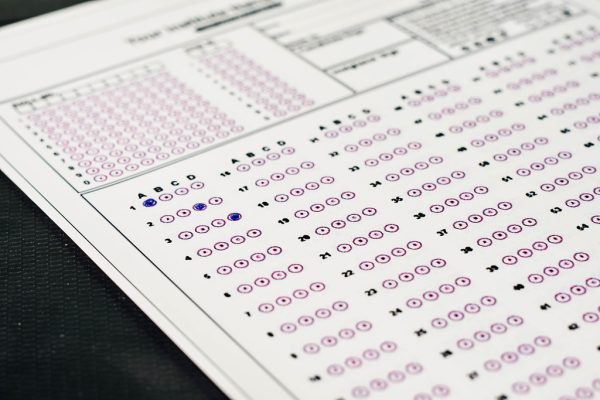‘Perseverance’ lands on Mars
March 17, 2021
On July 30, 2020, the Perseverance rover was launched from Florida, making its way to Mars, and on Thursday, Feb. 18, it finally landed on the surface of Mars. The robot’s journey from Earth to Mars lasted seven months, and despite the fact that the rover is on a mission in Mars for NASA, questions are still continuing to roam in a lot of people’s mind about Perseverance.
First off, the Perseverance rover is 9 feet wide, 7 tall, and it is able to convert heat from plutonium and create electricity. In comparison to the old rover in 2012, Curiosity, Perseverance is a bit larger, heavier, and it contains more new scientific instruments than Curiosity itself. This time, Perseverance has more cameras to take different types of images from all kinds of angles, and this time, the robot itself contains microphones so that NASA is able to hear what kinds of sounds Mars could have.
For each robot that is being sent off in space, they are on different missions and are headed in different directions. When it comes to Perseverance, its goal is to examine and look for any signs of past life. As said previously, Perseverance is also on a mission to collect any samples such as rocks in order for NASA itself to study more of the planet.
As to where Perseverance has landed, it has settled near the Jezero crater, which is believed to be a huge lake in the past, just like Earth itself. Since the goal for the robot was to search any signs of past life, it would make sense to do the mission that would be near the Jezero crater that once had rivers running through it.
Though nobody knows when the rover will make its voyage back to Earth, one thing we know for sure: Perseverance will be coming back with such fascinating information that will make us ask more questions than before.


















